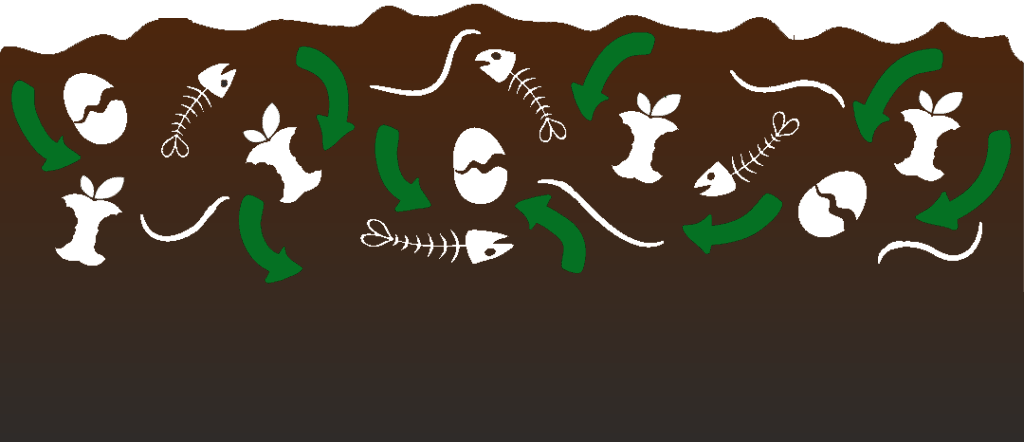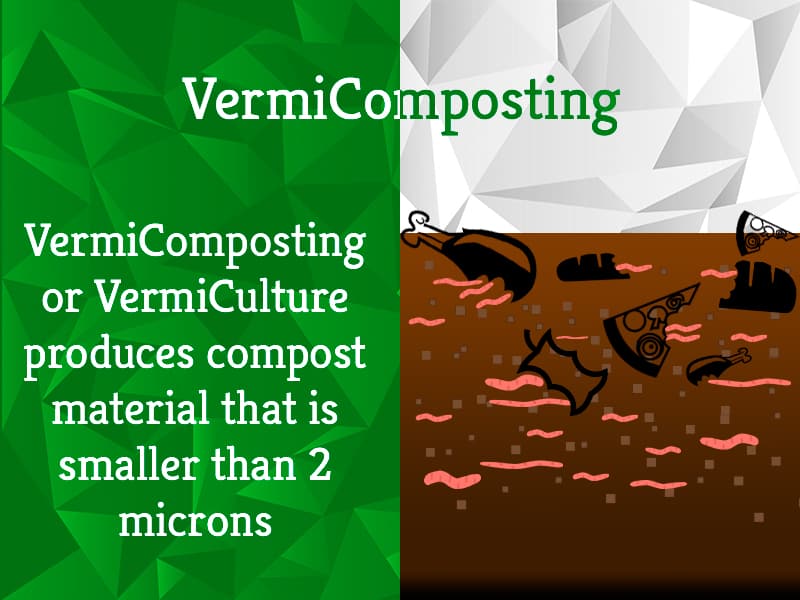Revolutionize Your Waste Management Using Vermicomposting Today

India generates 62 million tons of organic waste annually, with most ending up in landfills or untreated dumping sites. Vermicomposting; the process of decomposing organic waste using specialized earthworms offers a sustainable alternative. The resulting vermicompost is scientifically proven to be superior to traditional compost, containing:
– Higher nutrient density (enriched N-P-K levels)
– Natural plant growth hormones (like auxins and cytokinins)
– Antibiotic properties from beneficial microbes
Unlike conventional composting, vermicomposting accelerates decomposition while enhancing the end product’s agronomic value. For Indian farmers, urban gardeners, and waste management initiatives, this method presents a low-cost, high-impact solution to reduce landfill dependence and improve crop yields organically.
This article explores the science behind vermicomposting, its advantages over traditional composting methods, and how it can be scaled to benefit India’s waste management and agricultural sectors.
Vermicompost may be used for:
– Farming or Agriculture Applications
– Landscaping Applications
– Compost Tea
– Treatment of Sewage Sludge
Vermicomposting is primarily used for waste management applications on various scales. A common way to use this process is to build Vermicompost Bins or a Vermicomposter.
Standard Design Considerations for VermiComposting Bins
A Vermicomposting bin is a self-contained ecosystem that is well-ventilated and has provisions for drainage. A self-contained and well-balanced VermiComposting bin can produce a constant supply of fresh compost as organic waste is processed. For a self-contained vermicomposting bin, several considerations have been laid out.
A few standard design considerations are:
A vermicompost bin is designed with several holes at the bottom that allow for the drainage of excess liquid, also known as leachate. This drainage option enables the maintenance of an optimum moisture content in the bin, which is essential for the survival of the worms.
One of the most essential components of the bin is the bedding, as its purpose is to simulate the worm’s natural habitat.
Organic Waste can be placed directly on the bedding or buried in a small hole in the bedding.
Another essential consideration for the bin design is ventilation. Air is not only crucial for the worms but also for the composting process.
Design Facts
– 0.45 kg of worms can be sustained in 1 m3.
– The ideal density for vermicomposting bins is 640 kg/m3.
– Ideal levels of pH for water and mixtures range between 5 and 9.
– The ideal salinity level of the bin should be below 0.5%.
– The Functional Temperature range for vermicomposting bins ranges from 0° to 35° C, and the ideal composting temperature is between 25° to 30° C.
– The thickness of the bedding should be around 150mm to 200mm.
– The thickness of the Waste Layer above the bedding should not exceed 300mm.
Suitable Species of Worms
| Common Name | Species | Native To |
|---|---|---|
| Red Wiggler or Tiger Worm | Eisenia Fetida Eisenia Andrei | Europe |
| Red Earthworm | Lumbricus Rubellus | Europe |
| European Nightcrawlers or Belgian Nightcrawlers or Dendras or Dendrobaenas | Eisenia Hortensis | Europe |
| African Nightcrawlers | Eudrilus Eugeniae | Tropical West Africa |
| Common Earthworm or Canadian Nightcrawlers | Lumbricus Terrestris | Europe |
| Blueworms | Perionyx Excavatus | India |
| Large Terrestrial Earthworms | Lampito Maruitii | India |
Recommended Bedding
The highly recommended bedding ingredients for the vermicomposting bin are:
– Shredded Brown Cardboard
– Coconut Coir
– Shredded Paper
– Shredded Newspaper
– Wood Chips
– Yard Waste/ Dried Vegetation
– Aged Compost
Other Facts about VermiComposting
– Compost Material created by worms is smaller than 20 microns
– Compost Worms can eat up to their body weight on a daily basis.
– Harvesting time of compost using this method can range from 3-6 months.
Conclusion
Vermicomposting is an effective and eco-friendly solution for managing organic waste while producing nutrient-rich compost that supports soil health and plant growth. With proper design, suitable materials, and the right worm species, this method can be implemented on various scales, from home gardens to large agricultural operations. Vermicomposting in India is gaining popularity as more individuals and communities adopt sustainable practices. By embracing vermicomposting, we can reduce landfill waste and contribute to a greener, healthier environment.

